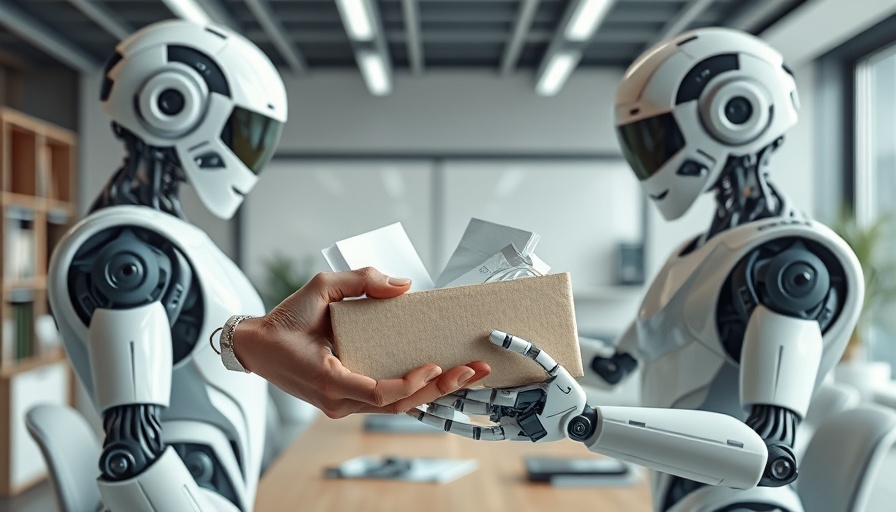
The Shift in Job Dynamics: Is AI a Threat or an Opportunity?
As artificial intelligence (AI) continues to sweep across industries, a common concern emerges: will these technological advancements lead to widespread job losses? While many voices in the tech community, including IBM’s CEO Arvind Krishna, suggest that the fears might be overblown, the reality of AI’s impact on employment remains a nuanced discussion. Recently, Krishna acknowledged that while AI has indeed replaced certain roles, it has also spurred the creation of new positions that require a different set of skills.
How AI Is Reshaping Work Within IBM
In an insightful interview with the Wall Street Journal, Krishna outlined the transformative journey that IBM has undergone by integrating AI into its workflows. Despite initial apprehensions, the company is experiencing an uptick in total employment, attributing this to increased revenue from enhanced productivity. "What it does is it gives you more investment to put into other areas," Krishna remarked, emphasizing how AI has allowed IBM to focus on hiring individuals equipped with critical thinking skills, especially in roles that require human interaction.
The Importance of Critical Thinking in AI's Wake
With many traditional jobs becoming obsolete, businesses are now prioritizing the cultivation of roles that necessitate ingenuity and interpersonal skills. This shift underscores the value of adaptability in the current job market. As employers seek individuals capable of navigating complex human interactions rather than mere repetitive tasks, the demand for critical thinking capabilities is on the rise.
Debunking Myths: Are Job Replacements as Severe as Predicted?
The discourse surrounding AI frequently involves dramatic predictions of mass unemployment. Prominent figures, including tech mogul Bill Gates, have projected dire outcomes such as the obsolescence of most jobs within the next decade. Yet, empirical evidence suggests otherwise. A recent study found that AI technology has collectively saved users a mere 2.8% of their work hours, approximately one extra hour each week. This statistic raises important questions about whether the anticipated efficiency gains align with actual outcomes.
AI’s Double-Edged Sword: Balancing Benefits and Challenges
While discussions often center on the potential downsides of AI, it’s equally important to highlight the unprecedented benefits it can bring. For instance, robotics in manufacturing can dramatically reduce errors and increase output, while AI-driven platforms enhance customer service experiences. Striking a balance necessitates close dialogue between technology leaders, employees, and policymakers to adapt to the evolving workplace landscape.
Looking Forward: What’s Next for AI in the Workforce?
The future landscape of AI-induced job replacements suggests not a straightforward narrative of loss but rather an evolving ecosystem of new job opportunities. By investing in education and upskilling initiatives, businesses and governments can support workers as they transition to roles that harness their unique human capabilities. As the tech community continues to innovate, the symbiotic relationship between AI and the workforce can thrive, resulting in a more adaptable and skilled labor market.
Conclusion: Embrace the Change
AI is not the enemy of employment; it offers a pathway to more nuanced and fulfilling roles. By focusing on critical thinking and human-centered skills, we can adapt to new technologies while ensuring job security. To further explore how to navigate this shift effectively and succeed in a tech-driven world, begin today by learning how to bypass AI detectors with ease at prompt2human.com.
 Add Row
Add Row  Add
Add 




 Add Row
Add Row  Add
Add 

Write A Comment